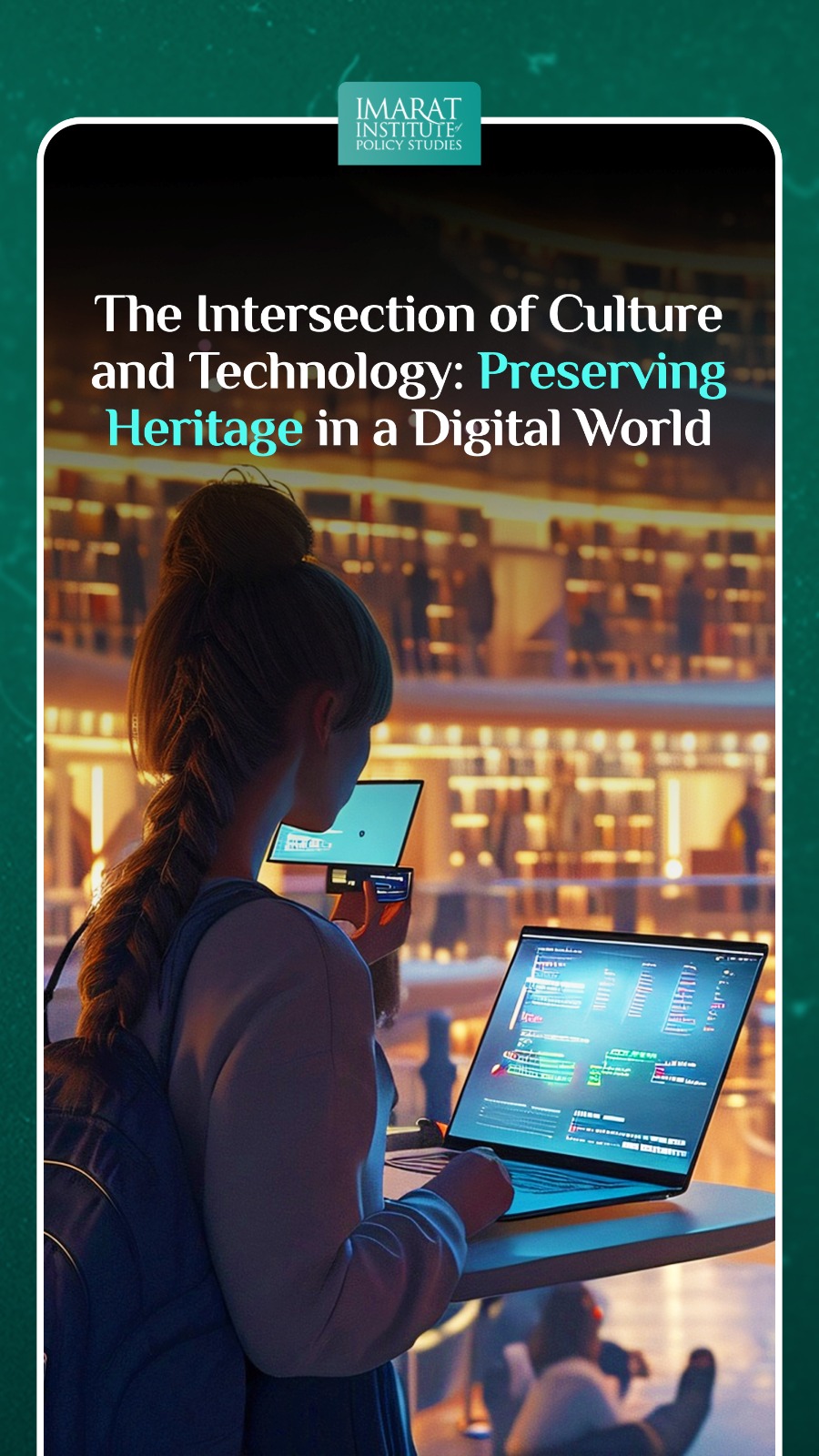Culture is the essence of a society, embodying its traditions, values, and identity. In today’s rapidly evolving digital landscape, the preservation of cultural heritage has become increasingly vital. Technology offers innovative solutions to safeguard and promote cultural heritage, bridging the gap between the past and the present. This blog explores the intersection of culture and technology, highlighting how digital tools are being leveraged to preserve, celebrate, and share heritage in a digital world.
Digitising Cultural Artifacts
One of the primary ways technology is preserving cultural heritage is through the digitization of artifacts, artworks, manuscripts, and historical documents. High-resolution scanning techniques, 3D imaging, and virtual reality (VR) technologies enable museums, libraries, and cultural institutions to create digital replicas of precious artifacts. These digital archives not only ensure the preservation of fragile objects but also facilitate broader access to cultural treasures for researchers, scholars, and the public worldwide.
For example, projects like the Google Arts & Culture platform and the British Library’s Digital Collections provide online access to millions of digitized artifacts, allowing users to explore cultural heritage from anywhere with an internet connection. Similarly, initiatives such as CyArk utilize laser scanning technology to create detailed 3D models of heritage sites, preserving them digitally for future generations and safeguarding against natural disasters and human threats.
Promoting Cultural Education
Technology plays a pivotal role in promoting cultural education and fostering a deeper understanding of heritage among diverse audiences. Educational platforms, mobile apps, and virtual exhibitions offer interactive experiences that engage users in learning about different cultures, traditions, and historical events. These digital resources serve as invaluable educational tools for students, educators, and lifelong learners interested in exploring the richness and diversity of world heritage.
For instance, platforms like UNESCO World Heritage Journeys and National Geographic’s Explore VR app transport users to iconic heritage sites around the globe, providing immersive tours and educational content that illuminate the significance and history of each location. Similarly, language learning apps like Duolingo and Rosetta Stone enable users to study and preserve endangered languages, contributing to the preservation of linguistic diversity and cultural heritage.
Preserving Intangible Cultural Heritage
In addition to tangible artifacts, technology also facilitates the preservation of intangible cultural heritage, including languages, music, oral traditions, and performing arts. Digital recording techniques, multimedia archives, and online repositories serve as repositories for preserving and sharing intangible cultural practices that are at risk of being lost or forgotten.
For example, projects like the Indigenous Digital Archive and the Endangered Languages Archive digitize and document indigenous languages and oral traditions, ensuring their survival for future generations. Similarly, platforms like Spotify and YouTube provide global audiences with access to a diverse array of music and performing arts from different cultures, promoting cross-cultural exchange and appreciation.
Community Engagement and Participation
Community engagement and participation are essential components of cultural preservation efforts, fostering a sense of ownership and connection among individuals and groups. In the context of heritage conservation, community involvement empowers local residents to become active stakeholders in the preservation and promotion of their cultural assets. By actively engaging with community members, cultural institutions can gain valuable insights into local traditions, practices, and concerns, ensuring that preservation initiatives are inclusive and reflective of diverse perspectives. Moreover, community participation encourages a sense of pride and belonging, as individuals contribute their knowledge, stories, and memories to the collective narrative of their cultural heritage. Through collaborative endeavors such as community workshops, heritage festivals, and digital storytelling projects, communities can amplify their voices and advocate for the recognition and protection of their cultural identity. Ultimately, community engagement fosters a sense of shared responsibility for cultural heritage, fostering stronger bonds within communities and promoting a more inclusive and sustainable approach to preservation.
Conclusion
The intersection of culture and technology holds immense potential for preserving and promoting heritage in a digital world. By harnessing the power of digital tools, platforms, and collaboration, societies can ensure the safeguarding of their cultural treasures for future generations. As technology continues to evolve, so too will the opportunities for cultural preservation, education, and community engagement, creating a more connected and culturally rich world for all.
This article is written by Radma Nouman. Radma is a research analyst at the Iqbal Institute of Policy Studies (IIPS).



Leave a Reply